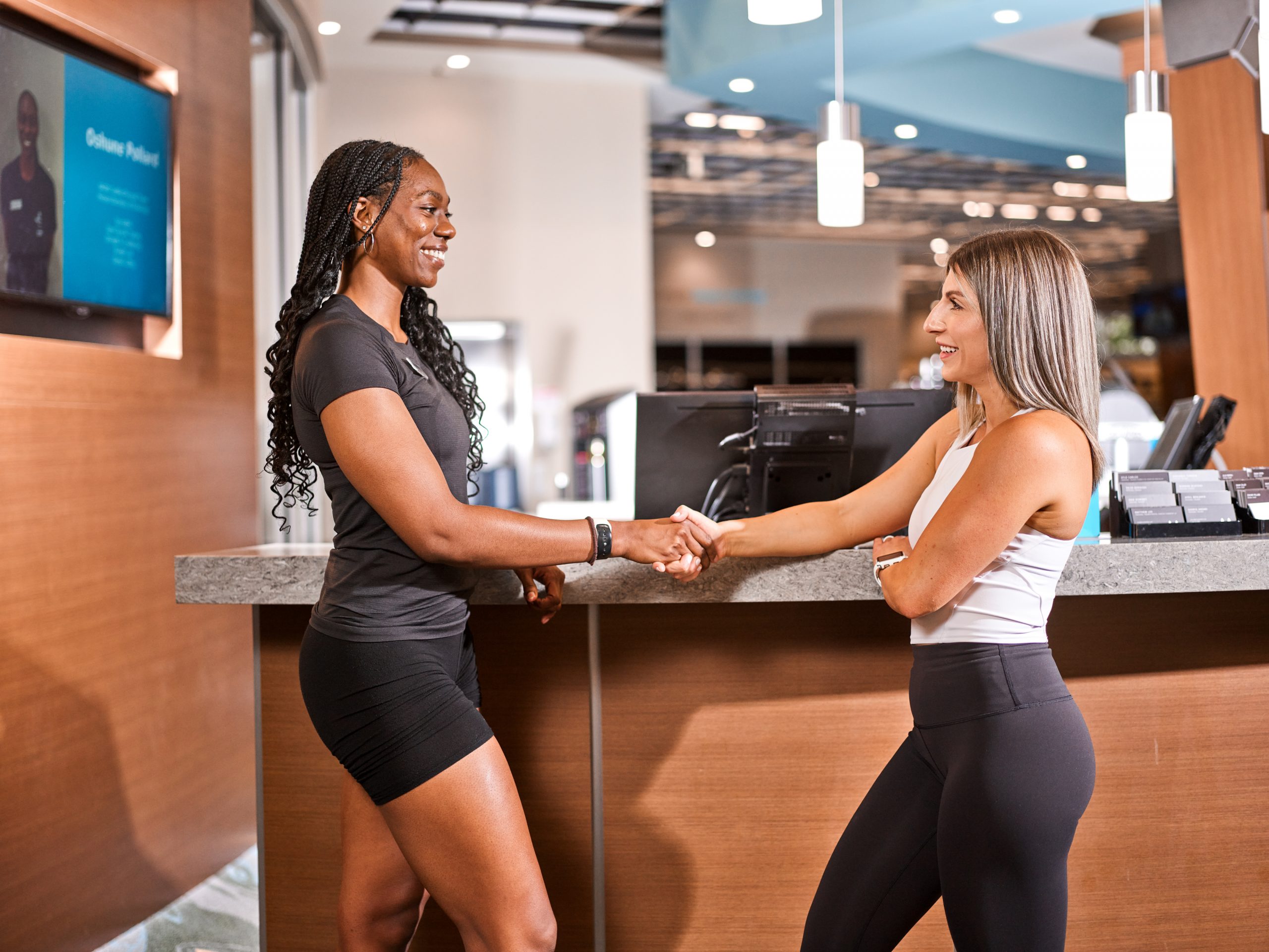In this modern age, maintaining cardiovascular health is more important than ever. One of the most effective ways to enhance cardiovascular health is through regular cardio exercises.
What are Cardio Exercises?
Cardio exercises, also known as cardiovascular exercises or aerobic exercises, are physical activities that increase the heart rate and promote the circulation of oxygenated blood throughout the body. Cardiovascular exercises not only strengthen the heart muscle but also enhance the efficiency of the entire cardiovascular system. Incorporating a mix of aerobic exercises into your routine can yield significant cardiovascular benefits over time.
Benefits of Cardio Exercises
Cardio exercises offer a myriad of benefits beyond just improving cardiovascular health. They help in weight management, enhance mood, boost energy levels, improve sleep quality, promote heart health, enhance stamina, and reduce the risk of chronic diseases such as diabetes, hypertension, and stroke. Regular cardiovascular workouts strengthen the heart muscle, improve blood circulation, and lower blood pressure, reducing the risk of heart disease and stroke. Additionally, engaging in aerobic activities increases stamina and endurance, allowing you to perform daily tasks with ease and tackle physical challenges more effectively.
Types of Cardio Exercises
Bungee Workout™
With a focus on choreography, experience the feeling of gracefully flying in the air with this core-focused, toning, full body workout that improves balance and stability.
Dancing
Whether it’s dancing in our BurlesK studio class or in a club, dancing is a fun and enjoyable way to get your heart rate up and burn calories. Various dance styles such as Zumba, salsa, hip-hop, and ballet offer cardiovascular benefits.
Walking
An accessible and low-impact exercise suitable for individuals of all fitness levels It can be done indoors on a treadmill or outdoors in various settings such as parks, neighborhoods, or hiking trails.
Running
A high-intensity aerobic exercise that involves moving at a fast pace, typically faster than a brisk walk Running can be done on treadmills, tracks, roads, or trails, and it offers numerous health benefits, including improved cardiovascular endurance and calorie burning.
Cycling
Whether it’s riding a stationary bike at the gym, cycling outdoors on roads or trails, or participating in spin classes, cycling is an effective cardio exercise that strengthens the lower body muscles and improves cardiovascular health
Swimming
Perfect for any fitness level, our aqua-fit classes offer a great combination of cardio and conditioning exercise. Water provides full-body resistance while being low-impact, making it ideal for those with injuries or desiring a more therapeutic workout. We offer a wide range of classes and open swim times to fit your schedule. So, what are you waiting for? Jump in and join the fun.
HIIT (High-Intensity Interval Training)
HIIT involves alternating between short bursts of intense exercise and brief rest periods. This type of workout is highly effective for improving cardiovascular fitness, burning calories, and boosting metabolism in a shorter amount of time.
Kickboxing
Combining martial arts techniques with cardio exercises, kickboxing workouts provide a high-intensity cardio workout that also helps improve coordination, balance, and flexibility.
How Much Cardio Exercise Do You Need?
According to the Australian Department of Health guidelines, adults should aim for at least 150 to 300 minutes of moderate-intensity cardio exercise or 75 to 150 minutes of vigorous-intensity exercise per week, spread across several sessions. This translates to about 30 to 60 minutes of exercise on most days of the week.
Safety Tips for Cardio Workouts
Start Slow
If you’re new to exercise or have any underlying health conditions, start with low-intensity activities and gradually increase the intensity over time.
Stay Hydrated
Drink plenty of water before, during, and after your workouts to prevent dehydration.
Listen to Your Body
Pay attention to any warning signs such as chest pain, dizziness, or shortness of breath, and stop exercising if you experience any discomfort.
Proper Warm-up and Cool-down
Always begin your workouts with a proper warm-up and end with a cool-down to prevent injuries and muscle soreness.
Conclusion
Incorporating cardio exercises into your routine is key to maintaining optimal cardiovascular health. Whether you prefer walking, running, cycling, swimming, or any other type of aerobic activity, finding activities you enjoy can make staying active a rewarding and sustainable lifestyle choice. Remember to consult with a healthcare professional before starting any new exercise regimen, especially if you have any pre-existing medical conditions.


























